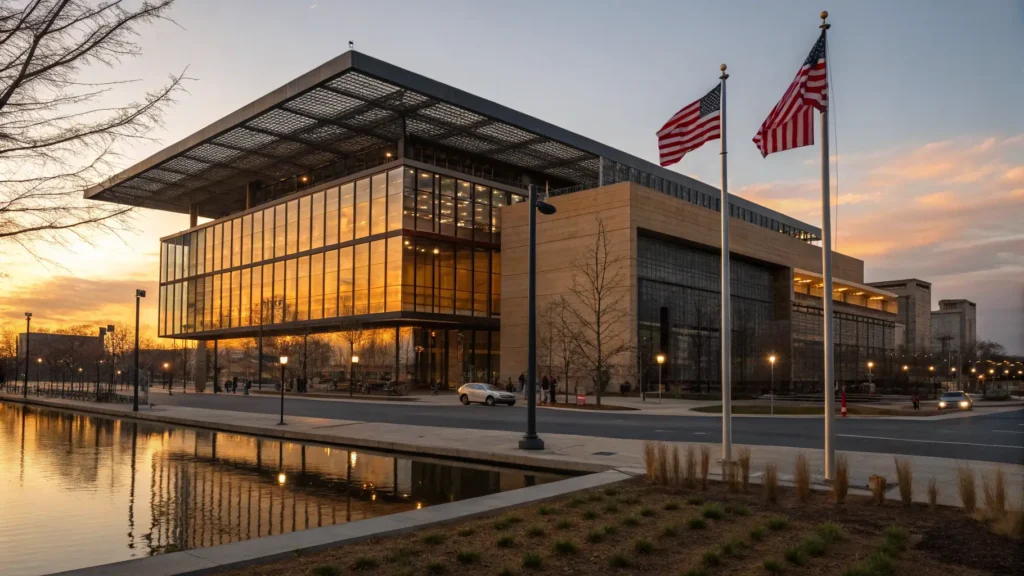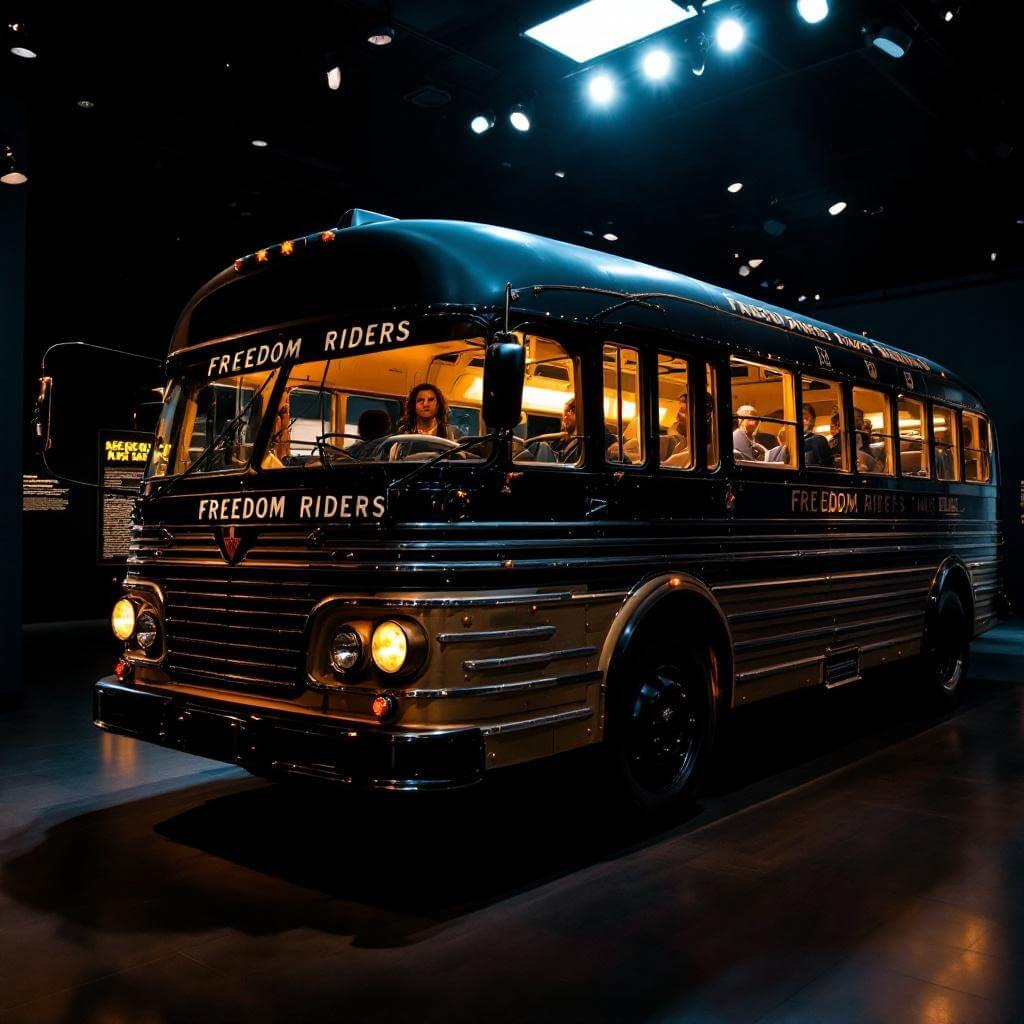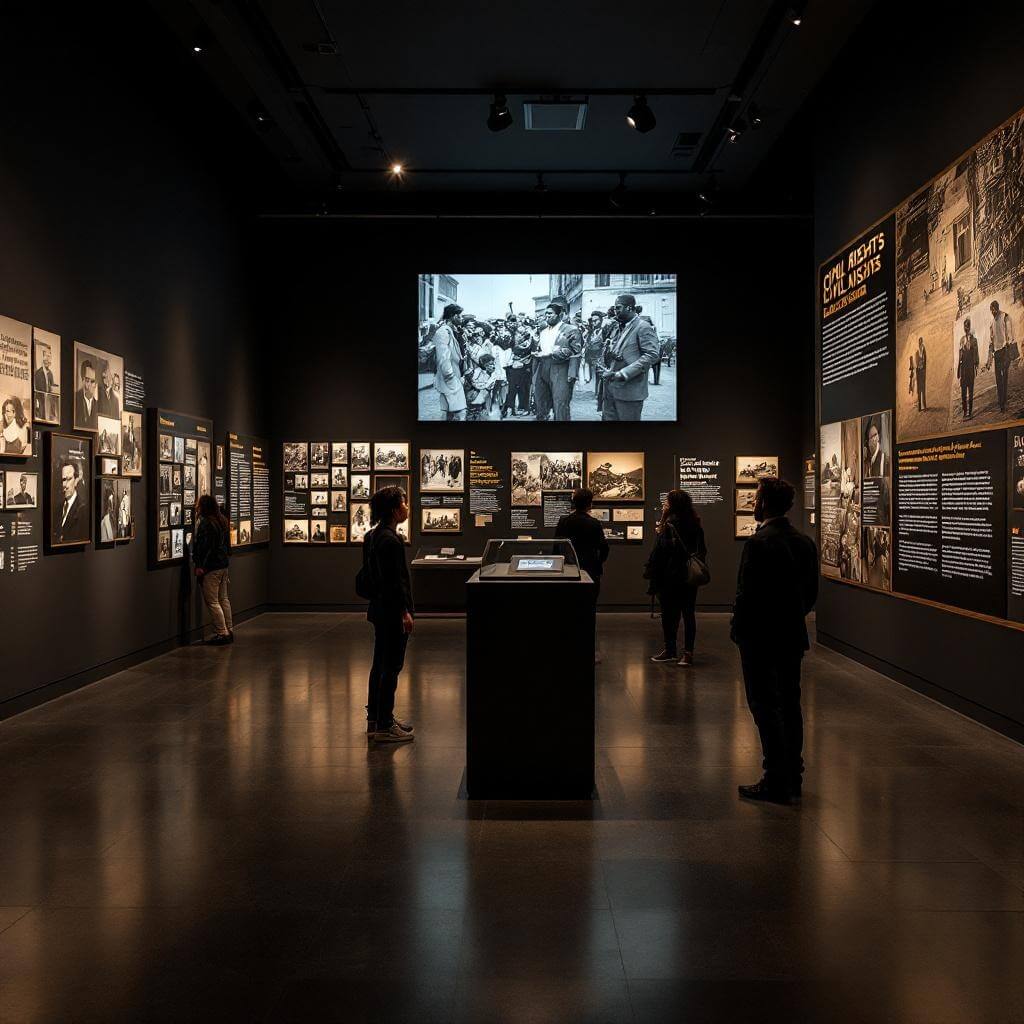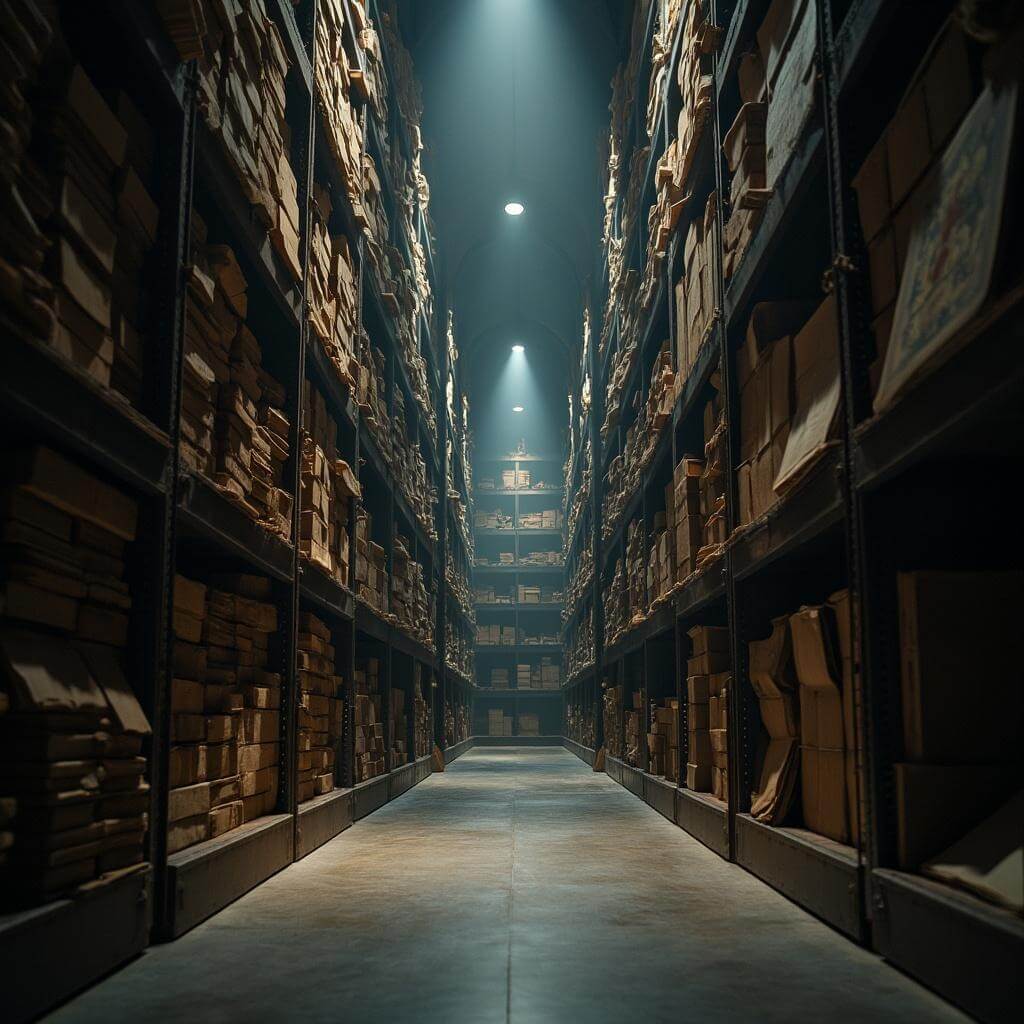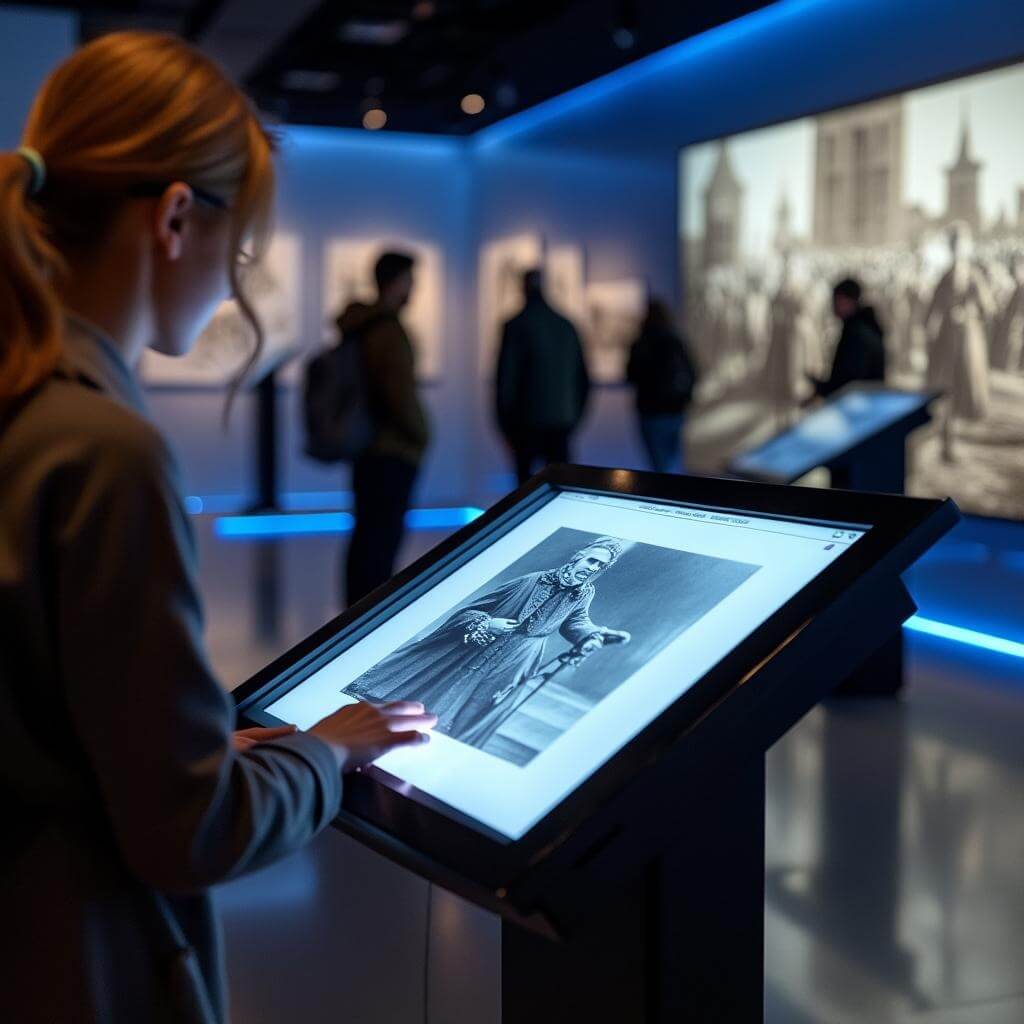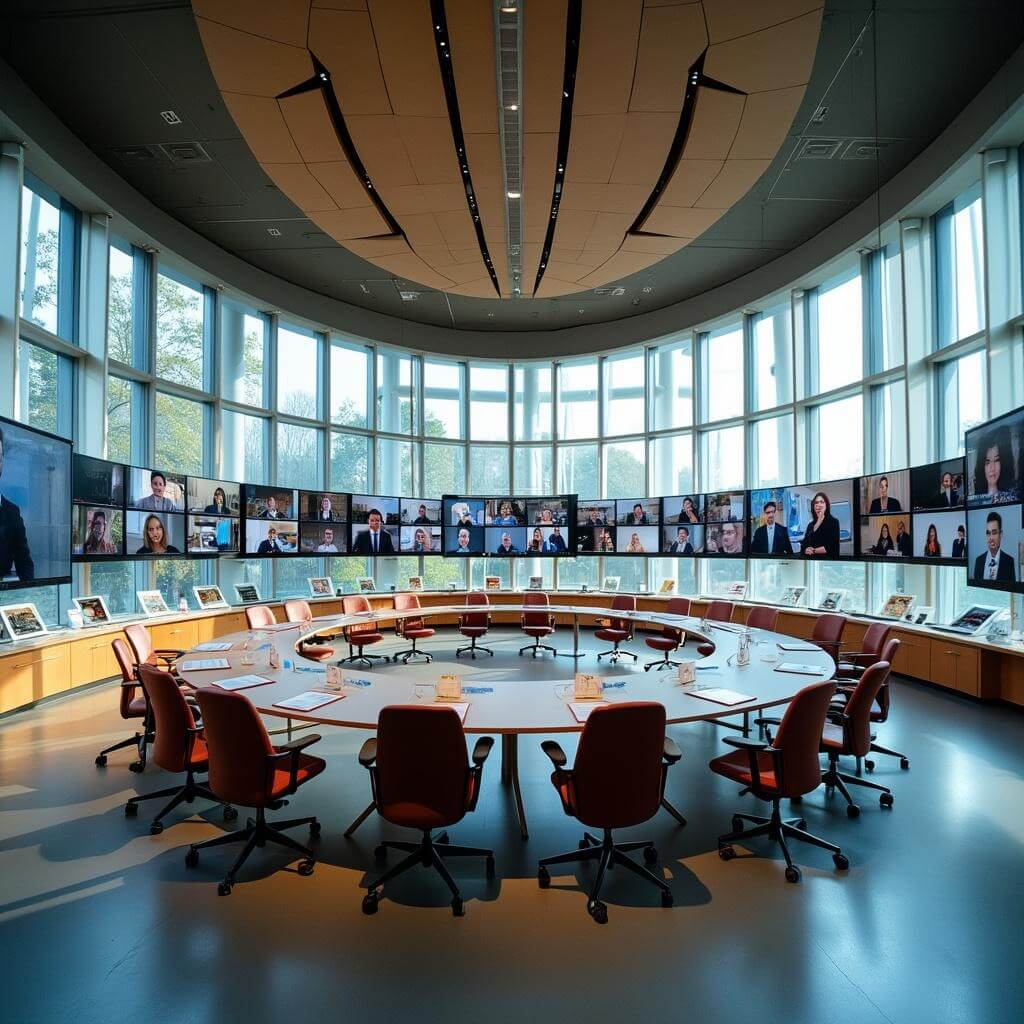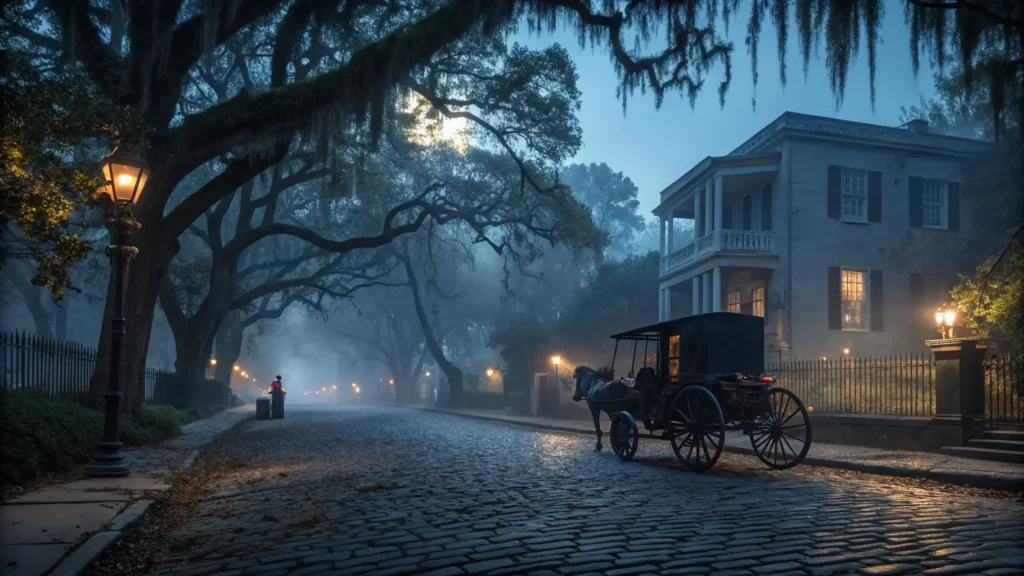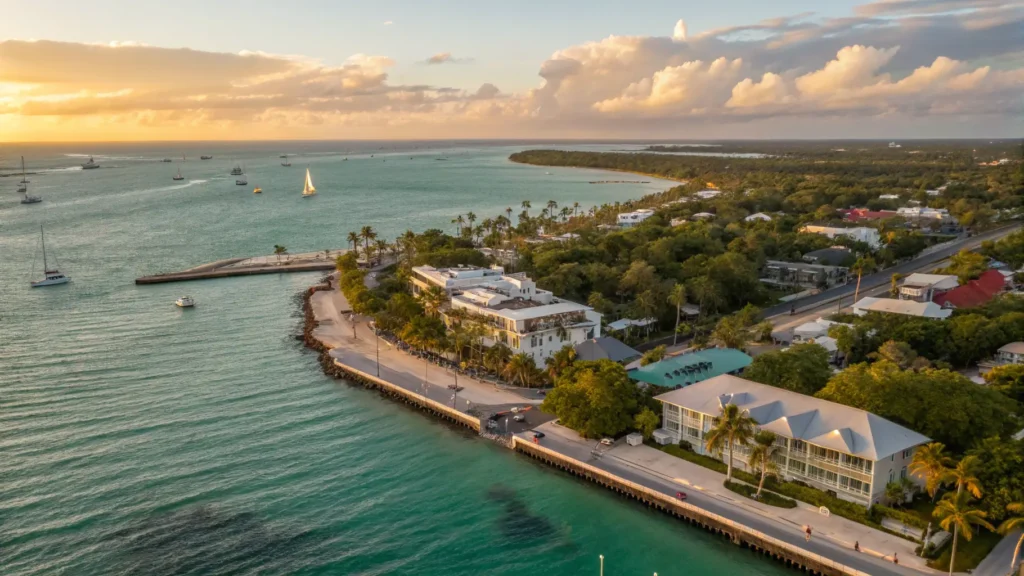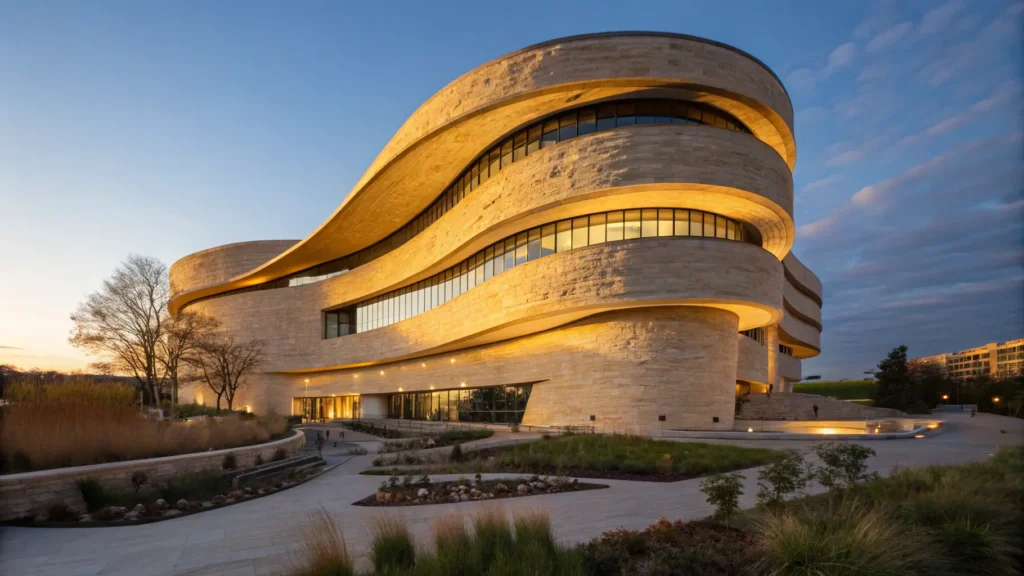Have you ever wondered where history breathes, where silence speaks volumes, and where every exhibit tells a story of resilience, struggle, and hope? Welcome to the Birmingham Civil Rights Institute (BCRI), a place that’s not just a museum, but a living, breathing testament to one of America’s most transformative periods.
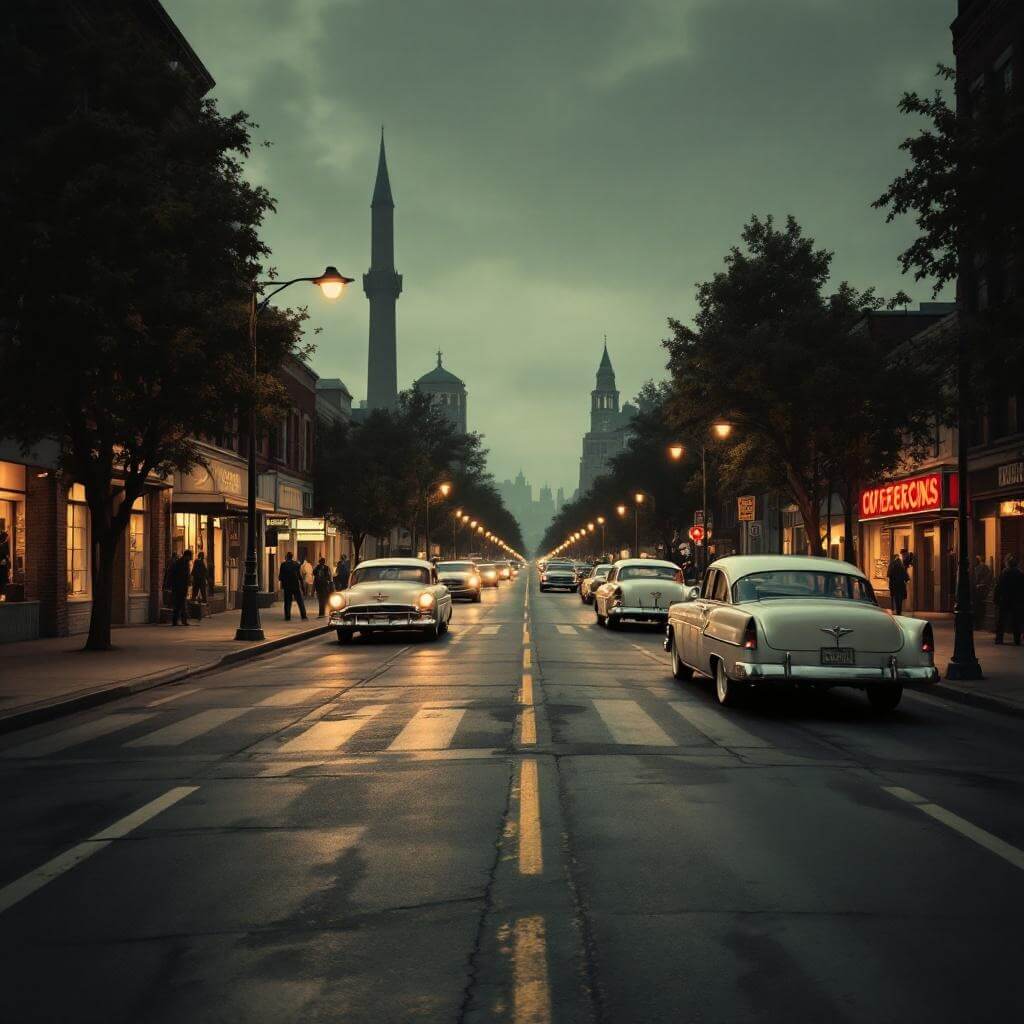
My First Encounter with BCRI
I’ll never forget walking through those doors for the first time. The air felt heavy with emotion, each step echoing with whispers of past struggles. As a history buff who’s visited countless museums, I knew this was different. This wasn’t just about displaying artifacts; this was about preserving a crucial chapter of human dignity.
What Makes BCRI More Than Just a Museum?
The Birmingham Civil Rights Institute isn’t your typical historical showcase. It’s a powerhouse of preservation, education, and ongoing dialogue about civil and human rights. Recognized as a Smithsonian affiliate, BCRI stands at the heart of the Birmingham Civil Rights District, serving as a critical hub for understanding the civil rights movement.
Key Highlights That’ll Blow Your Mind:
- A central museum dedicated to promoting understanding of civil rights
- Home to nearly 500 oral histories and expansive archives
- Affiliate of the Smithsonian Institution
- Annual destination for over 150,000 visitors
Exhibits That Transport You Through Time
Imagine stepping into a meticulously recreated 1950s segregated city. The Freedom Riders bus replica sits nearby, a symbolic artifact that speaks volumes about courage. The original jail cell door from Dr. Martin Luther King Jr.’s confinement stands as a powerful reminder of the sacrifices made during the struggle for equality.
The museum’s chronological civil rights coverage is nothing short of remarkable. It traces the journey from post-WWI segregation through the intense 1960s movement to present-day progress. Each exhibit is carefully crafted to educate, challenge, and inspire.
Immersive Storytelling Like You’ve Never Seen Before
BCRI doesn’t just show history; it makes you feel it. Using cutting-edge multimedia technologies, live reenactments, and interactive displays, the institute brings historical moments to life. I watched a reading of the “Letter from Birmingham Jail” that sent chills down my spine – it was like Dr. King was speaking directly to me.
Education and Community: More Than Just Displays
Beyond exhibits, BCRI is a powerful educational platform. They offer programs for students, teachers, and the public, designed to foster deep understanding of civil rights and social justice. Annual celebrations for Martin Luther King Jr. Day and Black History Month create opportunities for community engagement and reflection.
A Living Memorial to Ongoing Struggle
What sets BCRI apart is its commitment to not just preserving history, but actively participating in contemporary civil rights conversations. By partnering with the International Coalition of Sites of Conscience, they connect local activism to global movements.
Practical Visitor Information
Before you plan your visit, here’s what you need to know:
- Location: Birmingham Civil Rights District
- Tickets: Adults $15, Seniors/Military/Students $13
- Hours: Tuesday–Saturday, 10 am–5 pm
- Average visit duration: 90 minutes
As I stood in the museum, surrounded by stories of incredible human resilience, I realized that the Birmingham Civil Rights Institute is more than a destination. It’s a journey through the most challenging and transformative moments of American history.
The echoes of struggle, triumph, and hope seemed to whisper: our story isn’t finished yet.
Challenges and Controversies: The Unfiltered Truth
Every powerful institution has its shadows, and Birmingham Civil Rights Institute (BCRI) is no exception.
Navigating the delicate landscape of racial history isn’t just challenging – it’s an art form. The institute constantly wrestles with representing painful historical moments without reopening old wounds or creating further division.
What Keeps Museum Leaders Up at Night?
- Balancing honest historical representation
- Avoiding retraumatization
- Remaining relevant in evolving social landscapes
- Integrating new technologies while preserving authenticity
I remember speaking with Dr. Valerie Montgomery, one of BCRI’s senior curators, who shared a profound insight: “Our job isn’t just to display history – it’s to help people understand how history lives within us today.”
The Digital Transformation: History Meets Technology
As museums worldwide adapt, BCRI is leading the charge in digital engagement. Virtual programming and online archives are expanding their reach far beyond Birmingham’s physical boundaries.
Digital Highlights:
- Virtual tour experiences
- Online educational resources
- Digitized oral history collections
- Interactive web exhibits
Intersectionality: Expanding the Narrative
Modern civil rights understanding requires a broader lens. BCRI has been intentional about incorporating:
- LGBTQ+ narratives
- Immigrant rights stories
- Contemporary social justice movements
- Voices from marginalized communities
The Future is Collaborative
Partnerships are the lifeblood of progress. BCRI collaborates with:
- National museums
- Educational institutions
- International human rights organizations
- Local community groups
Financial Sustainability: The Behind-the-Scenes Challenge
Museums like BCRI don’t just run on passion – they require serious financial strategy. Funding comes through:
- Public support
- Grant acquisitions
- Ticket sales
- Membership programs
- Corporate sponsorships
A Personal Reflection
Standing in those halls, surrounded by stories of incredible human resilience, I realized something profound: museums aren’t just about the past. They’re living, breathing organisms that help us understand ourselves.
The Birmingham Civil Rights Institute isn’t just preserving history – it’s actively shaping our understanding of human potential.
Key Takeaways:
- BCRI represents more than a museum – it’s a movement
- Historical understanding requires continuous dialogue
- Civil rights are an ongoing journey, not a destination
- Every visitor becomes part of the larger narrative
Your Next Step
Whether you’re a history enthusiast, student, or curious traveler, the Birmingham Civil Rights Institute offers an experience that will transform your understanding of American history.
Don’t just read about civil rights – come and experience them.
Final Thought:
In the words echoing through BCRI’s halls, “The arc of the moral universe is long, but it bends toward justice.”

